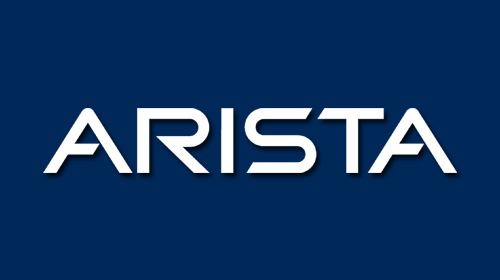
Company’s president and CEO Jayshree Ullal, who wants to cloudify every enterprise, was recognized as the EY US Entrepreneur Of The Year in 2015. She is also among Forbes’ most influential people in the networking industry today.
Ullal, who exemplifies professionalism and passion, quit Cisco in 2008 after 15 years in the company to join Arista Networks. For her, leaving Cisco was the most difficult moment, but she knew it was the right decision.
In a conversation with CXOToday, she speaks about Arista’s growth, partner strategy, cloud market, customer strategies, the role of the CIO and more.
Excerpts
What are the key lessons the company has learnt in the past decade?
Jayshree: We got inspired by three companies—Google, Amazon and Apple. Google put up an RFP for over 10,000 servers which nobody could do. Then they had their own engineers to do it. We felt that is what the cloud market is. Amazon changed the business model and showed IT doesn’t have to be done in-house and Apple, for its simplicity.
There are companies that outnumber us in quantity, so we have got to make sure we have a laser sharp focus on quality and talent. The best lesson is: Offer the right disruption, then decide what you are NOT, don’t just decide what you are.
How different is your partner strategy?
Jayshree: Our partner strategy is customized. Unlike other companies which inter-operate with customers, we inertly program them at the control level, management level and data plane level.
Does Arista believe in external acquisitions?
Jayshree: The biggest advantage of an acquisition is you get a new technology, but the disadvantage is that you still have to nurture and grow it. The acquisition is interesting but the impact of it is more important.
For us, the only reason to go for external acquisitions would be if it is something that we are not doing and that would give some additional offerings in the market.
Which are the major factors defining the cloud market today?
Jayshree: When we started we had to wait for the cloud to happen. What is changing now is that there are massive amounts of workloads, workflows and work streams. You are consumerising the enterprise and enterprising the consumer. There are no hard walls between the two. First you must recognize which are the productive apps. Then think about making them agile.
Enterprise upgrade is different from a cloud upgrade. In cloud, if something is going to fail, it will fail fast and recover fast. That openness of programmability is important.
What should organizations know about building the best network system?
Jayshree: The best way to build a network is to layer it. Today, the biggest challenge is not technology but the old habits and old leadership. You need to challenge the status quo. If you are open minded, you will find ways to get there.
With everything being defined by automation, what is your advice to CIOs?
Jayshree: The CIOs must question the relevance of their job, as everything is changing– applications, workloads, networks, etc. It should start with a vision. It’s easier for them to build on cloud. They need to identify if they have a greenfield, brownfield or legacy. Let legacy run its course and then they figure out how to converge it.
Today’s CIO is a cost centre. The CIO of tomorrow needs to be productive. They must enable the business to be more productive and be prepared for change. Along with technology, they have to understand the intuition and the way to roadmap technology.
The best CIOs are the ones who can match their technology experience to the new world. The CIO must be a change agent and CEO must support the risk.
